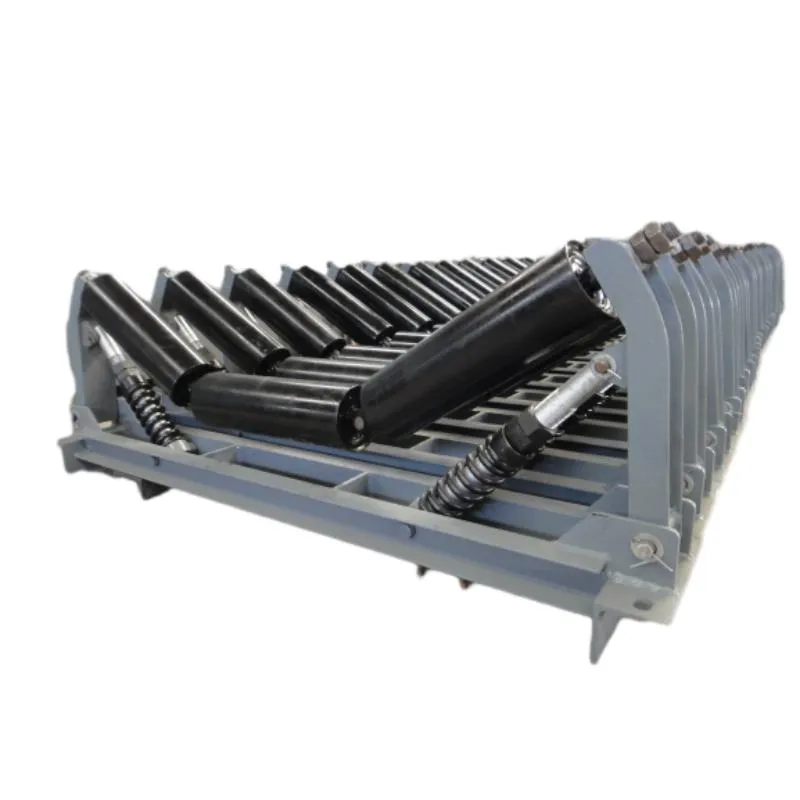 Afrikaans
Afrikaans  Albanian
Albanian  Amharic
Amharic  Arabic
Arabic  Armenian
Armenian  Azerbaijani
Azerbaijani  Basque
Basque  Belarusian
Belarusian  Bengali
Bengali  Bosnian
Bosnian  Bulgarian
Bulgarian  Catalan
Catalan  Cebuano
Cebuano  Corsican
Corsican  Croatian
Croatian  Czech
Czech  Danish
Danish  Dutch
Dutch  English
English  Esperanto
Esperanto  Estonian
Estonian  Finnish
Finnish  French
French  Frisian
Frisian  Galician
Galician  Georgian
Georgian  German
German  Greek
Greek  Gujarati
Gujarati  Haitian Creole
Haitian Creole  hausa
hausa  hawaiian
hawaiian  Hebrew
Hebrew  Hindi
Hindi  Miao
Miao  Hungarian
Hungarian  Icelandic
Icelandic  igbo
igbo  Indonesian
Indonesian  irish
irish  Italian
Italian  Japanese
Japanese  Javanese
Javanese  Kannada
Kannada  kazakh
kazakh  Khmer
Khmer  Rwandese
Rwandese  Korean
Korean  Kurdish
Kurdish  Kyrgyz
Kyrgyz  Lao
Lao  Latin
Latin  Latvian
Latvian  Lithuanian
Lithuanian  Luxembourgish
Luxembourgish  Macedonian
Macedonian  Malgashi
Malgashi  Malay
Malay  Malayalam
Malayalam  Maltese
Maltese  Maori
Maori  Marathi
Marathi  Mongolian
Mongolian  Myanmar
Myanmar  Nepali
Nepali  Norwegian
Norwegian  Norwegian
Norwegian  Occitan
Occitan  Pashto
Pashto  Persian
Persian  Polish
Polish  Portuguese
Portuguese  Punjabi
Punjabi  Romanian
Romanian  Russian
Russian  Samoan
Samoan  Scottish Gaelic
Scottish Gaelic  Serbian
Serbian  Sesotho
Sesotho  Shona
Shona  Sindhi
Sindhi  Sinhala
Sinhala  Slovak
Slovak  Slovenian
Slovenian  Somali
Somali  Spanish
Spanish  Sundanese
Sundanese  Swahili
Swahili  Swedish
Swedish  Tagalog
Tagalog  Tajik
Tajik  Tamil
Tamil  Tatar
Tatar  Telugu
Telugu  Thai
Thai  Turkish
Turkish  Turkmen
Turkmen  Ukrainian
Ukrainian  Urdu
Urdu  Uighur
Uighur  Uzbek
Uzbek  Vietnamese
Vietnamese  Welsh
Welsh  Bantu
Bantu  Yiddish
Yiddish  Yoruba
Yoruba  Zulu
Zulu Exploring the Mechanics and Applications of Snub Pulleys in Engineering Systems
The Importance of Snub Pulleys in Mechanical Systems
In the realm of mechanical engineering and design, pulleys serve a vital function in enhancing efficiency and controlling motion within various applications. Among the diverse types of pulleys, the snub pulley stands out as an essential component that plays a critical role in optimizing the performance of belt-driven systems. Understanding the significance of snub pulleys can illuminate their functionality and applications in modern machinery.
A snub pulley is typically a small pulley that is used in conjunction with a larger driving or driven pulley. Its primary purpose is to alter the path of the belt or rope, providing additional tension, which improves the grip and prevents slippage. This adjustment is particularly crucial in systems where maintaining consistent contact between the belt and pulley is paramount for effective power transmission.
One of the main advantages of using a snub pulley is its ability to increase the wrap angle of the belt around the driving pulley
. By placing the snub pulley in a strategic position, engineers can enhance the friction between the belt and the pulley surface. This increased friction allows for the effective transfer of power from one pulley to another, reducing the likelihood of belt slippage, which can lead to system inefficiencies and potential mechanical failures.snub pulley

In addition to improving grip, snub pulleys are instrumental in adjusting the tension of the belt in a mechanical system. Many systems rely on optimal tension to function correctly, and the use of a snub pulley allows for precise tensioning. By modifying the angle and position of the belt, engineers can ensure that the tension remains constant, which is essential for the longevity of both the belt and the pulleys involved.
Furthermore, snub pulleys can be employed in configurations that allow for adjustments during maintenance. In many industrial environments, machinery experiences wear and tear over time, which can affect the alignment and tension of belts. Snub pulleys can be incorporated into the design allowing operators to make quick adjustments with minimal downtime. This adds an element of convenience and cost-effectiveness to maintenance procedures.
Moreover, snub pulleys find applications in various sectors, from manufacturing plants to automotive industries. In conveyor systems, for example, they help maintain the correct belt alignment and tension, ensuring smooth operation and efficient material handling. In automotive applications, they can enhance the performance of accessory drives, improving the overall efficiency of engine systems.
In conclusion, snub pulleys are a crucial element in mechanical systems that utilize belts for power transmission. Their ability to increase friction, maintain optimal tension, and facilitate easy adjustments makes them an invaluable asset in a wide range of applications. As technology continues to evolve, the importance of snub pulleys in enhancing the performance and reliability of mechanical systems will only grow, solidifying their role as a foundational component in engineering design.
-
Revolutionizing Conveyor Reliability with Advanced Rubber Lagging PulleysNewsJul.22,2025
-
Powering Precision and Durability with Expert Manufacturers of Conveyor ComponentsNewsJul.22,2025
-
Optimizing Conveyor Systems with Advanced Conveyor AccessoriesNewsJul.22,2025
-
Maximize Conveyor Efficiency with Quality Conveyor Idler PulleysNewsJul.22,2025
-
Future-Proof Your Conveyor System with High-Performance Polyurethane RollerNewsJul.22,2025
-
Driving Efficiency Forward with Quality Idlers and RollersNewsJul.22,2025





























